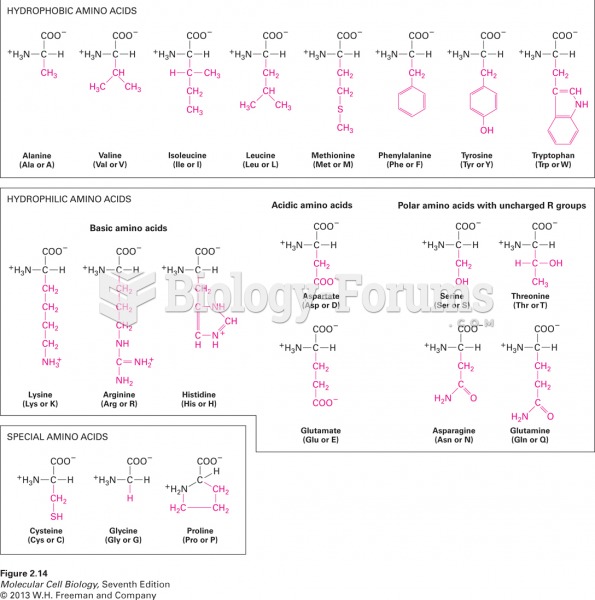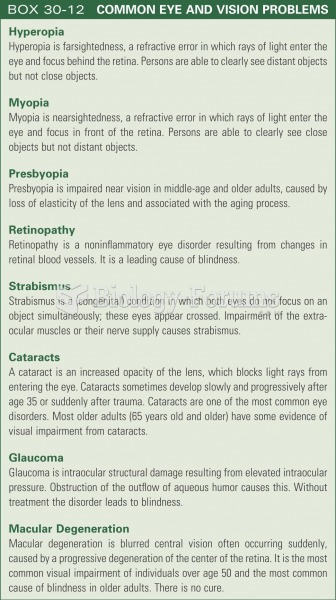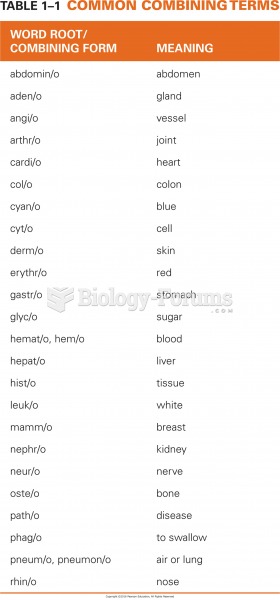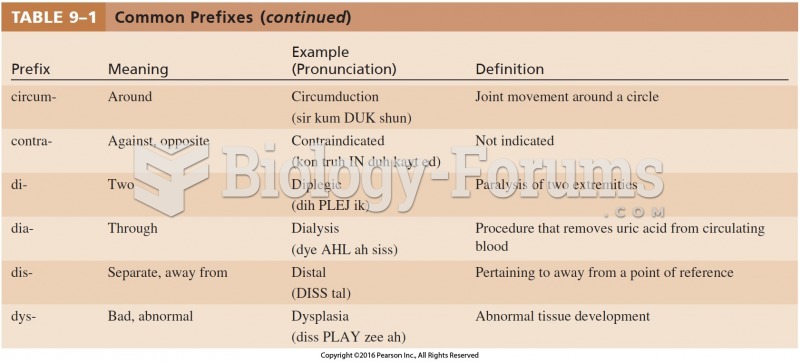Answer to Question 1
The five impression management tactics are behavioral matching, self-promotion, conforming to situational norms, appreciating or flattering others, and being consistent.
Behavioral matching occurs when the target of perception matches his or her behavior to that of the perceiver: such as when a subordinate tries to imitate his boss's behavior by being modest and soft-spoken because his boss is modest and soft-spoken.
Self-promotion occurs when the target person tries to present himself or herself in the most positive way possible. For example, a worker reminds his boss about his accomplishments and associates with coworkers who are evaluated highly.
Conforming to situational norms occurs when the target follows agreed-upon rules for behavior in the organization: such as when a worker stays late every night, even if he has completed all his assignments, because staying late is one of the norms of his organization.
Appreciating or flattering others occurs when the target compliments the perceiver. A co-worker compliments a manager, for example, on her excellent handling of a troublesome employee.
Being consistent occurs when the target's beliefs and behaviors are consistent. There is agreement between the target's verbal and nonverbal behaviors. An example is when a subordinate whose views on diversity are well known flatters her boss for her handling of a conflict between two coworkers of different backgrounds. When speaking to her boss, the target looks her boss straight in the eye and has a sincere expression on her face.
Answer to Question 2
Information generated by performance appraisal systems can be used for developmental purposes and evaluative decision-making purposes. Developmental purposes include determining how to motivate an employee to perform at a high level, evaluating which of an employee's weaknesses can be corrected by additional training, and helping an employee formulate appropriate career goals. Evaluative decision-making purposes include determining whom to promote, how to set pay levels, and how to assign tasks to individual employees.







